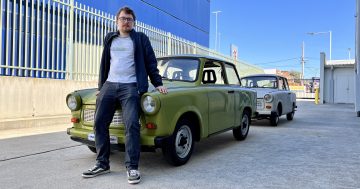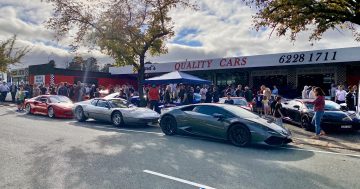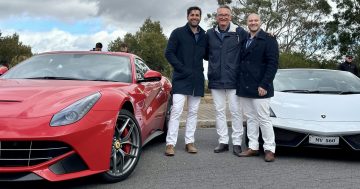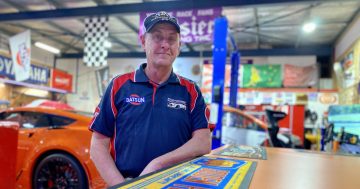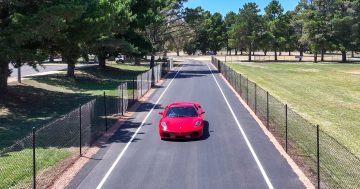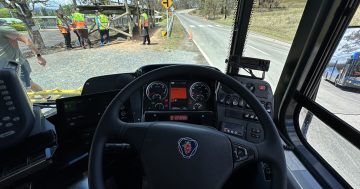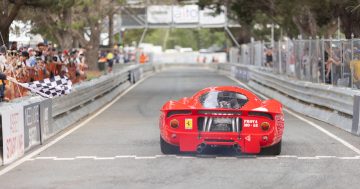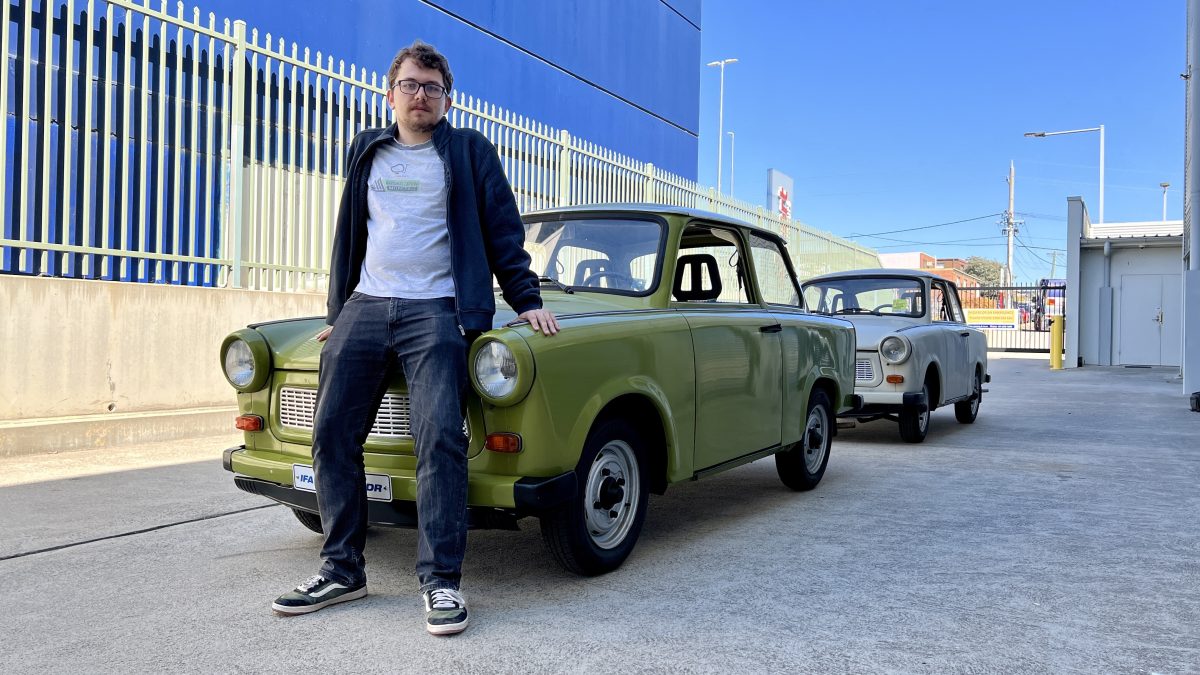
It was a lengthy import process, but the pair of Trabis are now in Canberra, and now awaiting new batteries. Photo: James Coleman.
When the Berlin Wall was finally torn to shreds with sledge hammers in 1989, many in the Western world were immediately struck by how anything constructed by the East Germans had stood for such a long time.
That’s because up until this point, the DDR’s tour de force had remained largely hidden, but when the border opened, it piled through into the free countries like a ravenous, infectious disease.
I am, of course, referring to the Trabant.
You will have heard how the bodywork was made of plastic, specifically recycled cotton waste from the Soviet Union blended with phenol resins from the East German dye factories. And that pigs were prone to eating it.
It had a two-stroke engine just like a lawn mower, that produced nine times the hydrocarbons and five times the carbon monoxide emissions of the average European car in 2007.
There was no fuel pump – fuel was gravity-fed to the carburettors from the tank’s position above the engine – so there was also the risk of a lot of smoke in a front-end accident, when the whole thing caught fire.
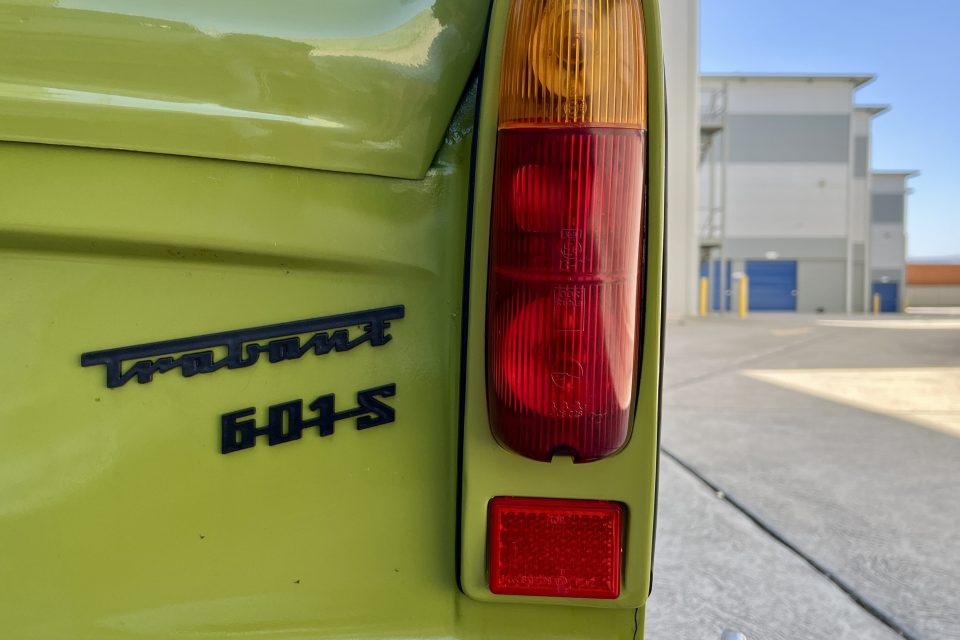
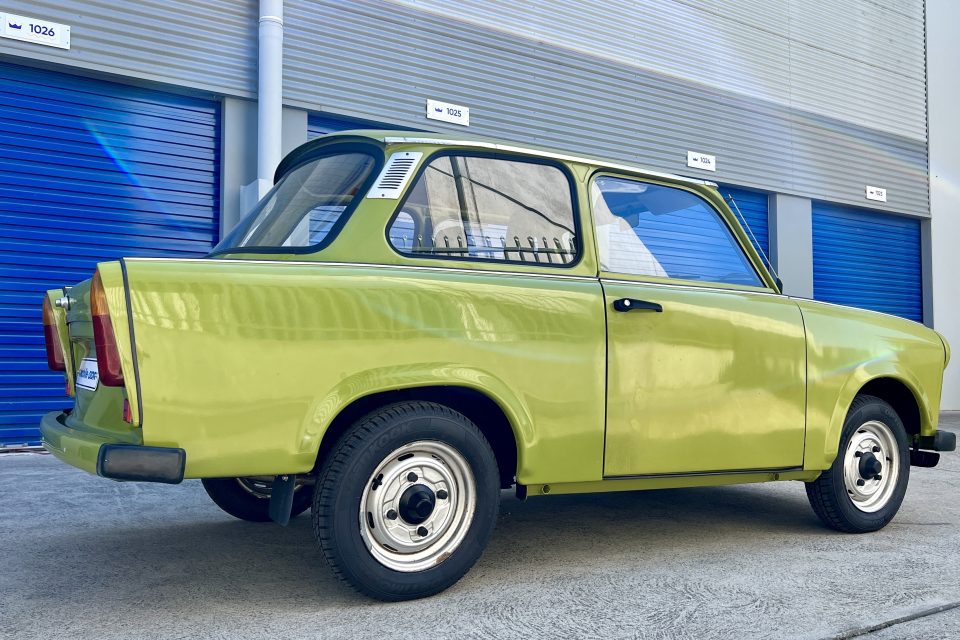
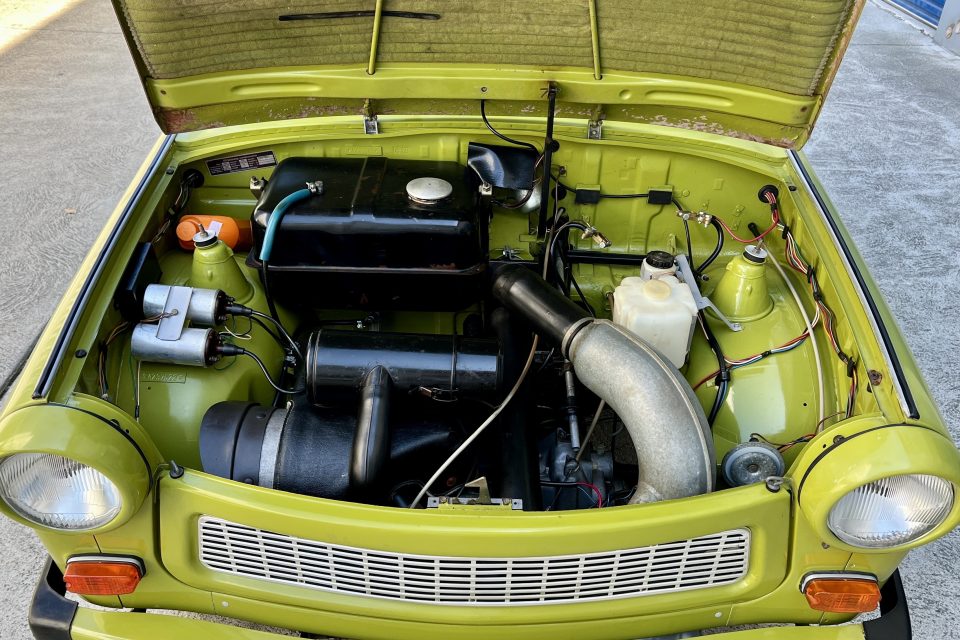
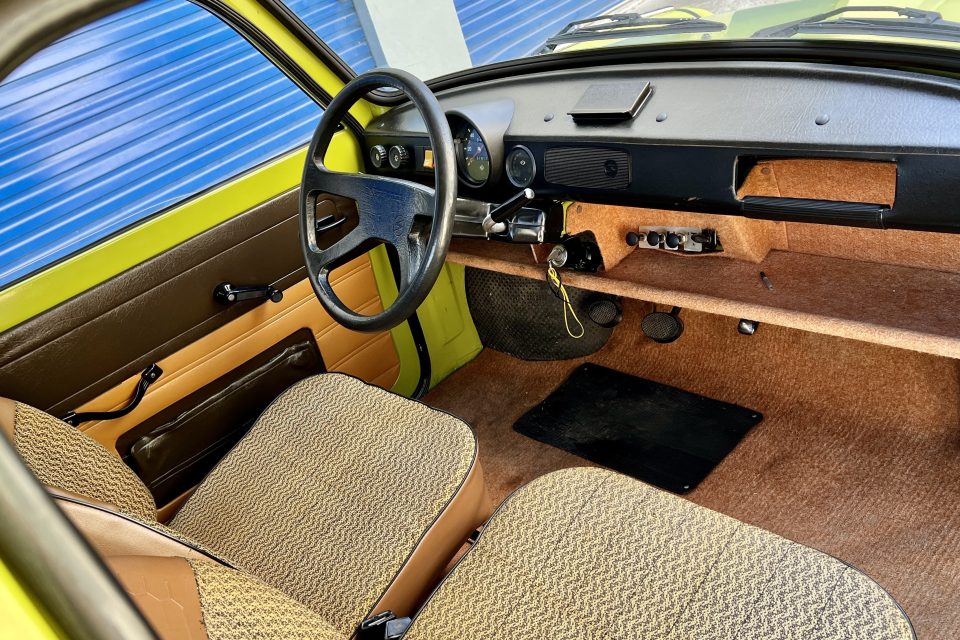
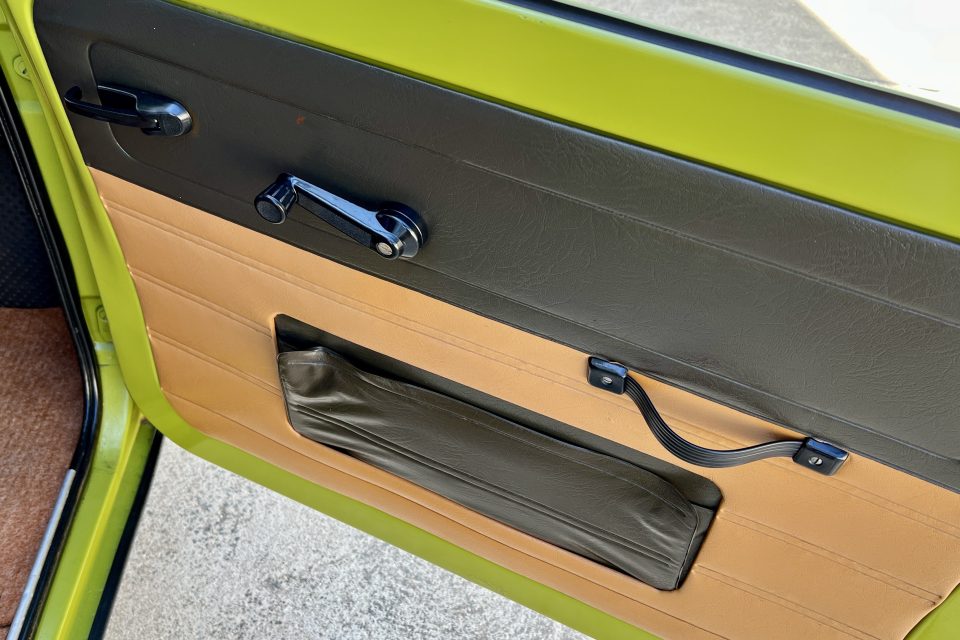
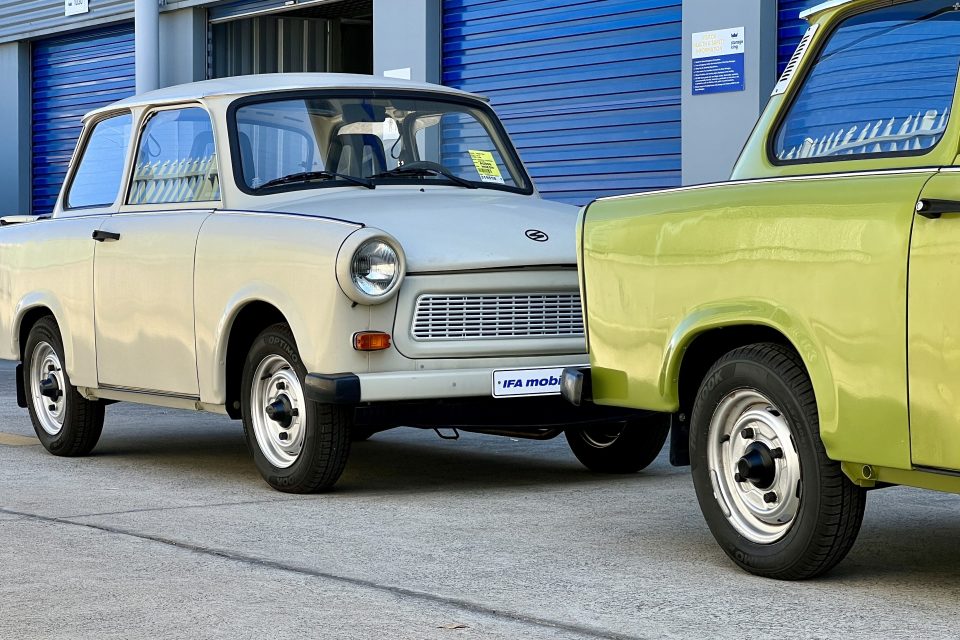
Speed was what you’d expect – 0-100 km/h in 21 seconds, or the time it takes to live a rich and full life.
All things considered, then, the Trabant does not sound like something you’d want in Australia, let alone at your wedding or formal as the star car. And yet, that’s exactly Peter Bakos’ plan.
The young film-making student at the University of Canberra (UC) hails from Hungary originally, where he says there is, in fact, still a lot of love for the Soviet-era car.
“It’s a horribly misunderstood car,” he said.
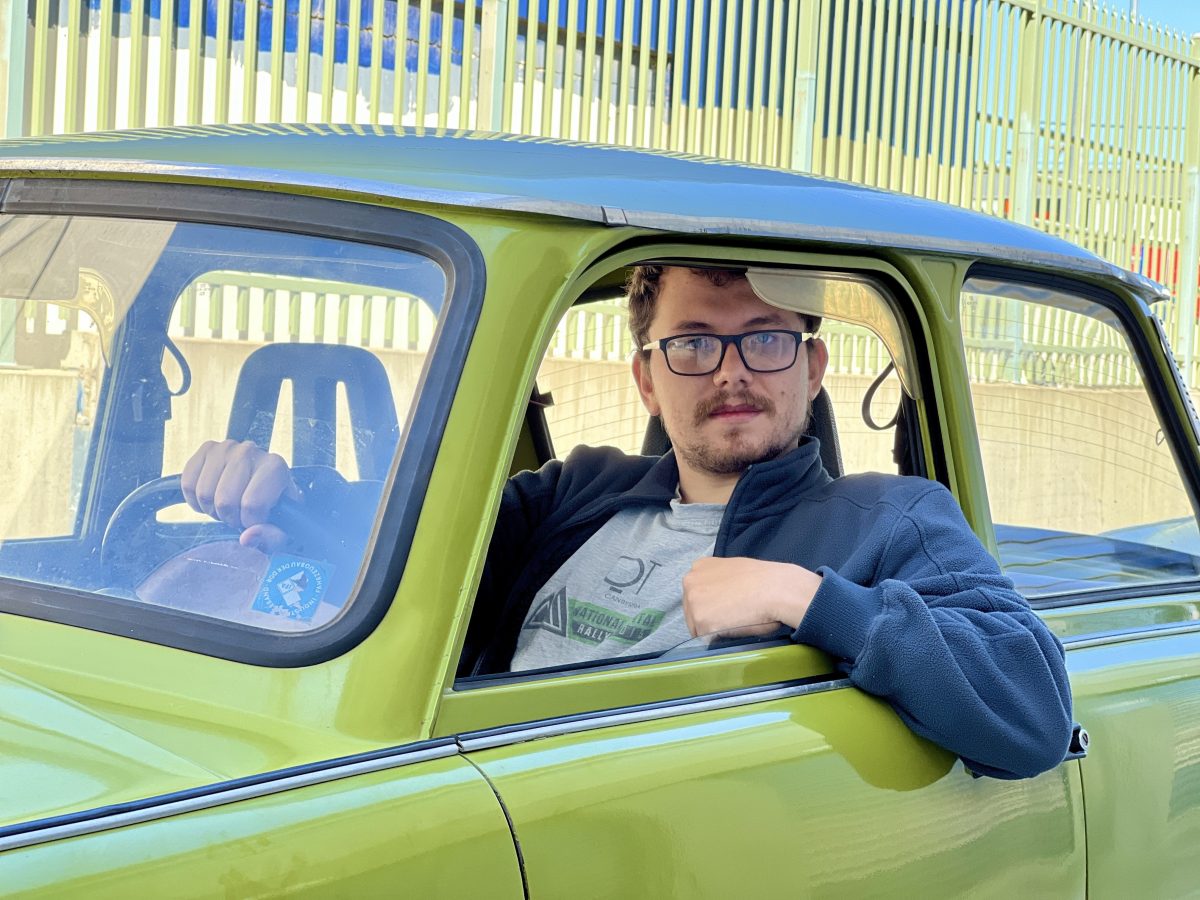
Peter Bakos at the wheel of the old family Trabant. Photo: James Coleman.
So horribly misunderstood, he has imported two of them – one off-white and the other green – and is going through the process of having them both registered here in Canberra. He’ll then hire them out to locals looking for an Eastern Bloc touch to their event or film.
“I thought this is a very unique car and most people in Australia would have only seen them on television or on the internet, especially in all those countless Berlin Wall documentaries.”
A total of 3,096,999 ‘Trabis’ rolled off the production line between 1957 and 1991, largely unchanged the whole time. Either it was perfection, or the East Germans simply didn’t care enough to update it.
It may have also had to exist for so long because if you thought waiting 12 months for a new Toyota RAV4 was bad, buying a Trabant was a 10-year process. In 1989, the demand-to-production ratio was as high as 43 to one.
I was still slightly baffled by the attraction to the “spark plug with a roof” as we rolled the two cars out of their storage container.
“With both these cars having not being driven for so long, they need a little bit of work,” Peter explained.
But then a passing Mercedes van stopped in its tracks and the driver burst out, phone camera in hand. Turns out Jakub Rovan is from former Czechoslovakia and his uncle had an off-white Trabant just like Peter’s.
“Let’s just say this is not the safest car if you have an accident – like it’s kind of plastic,” he begins, reassuringly.
“And the pigs would eat it.
“But it was probably the cheapest car you could get, so for a lot of people, if they needed a car during the Communist era, it was this one, even if there was a bit of waiting.”
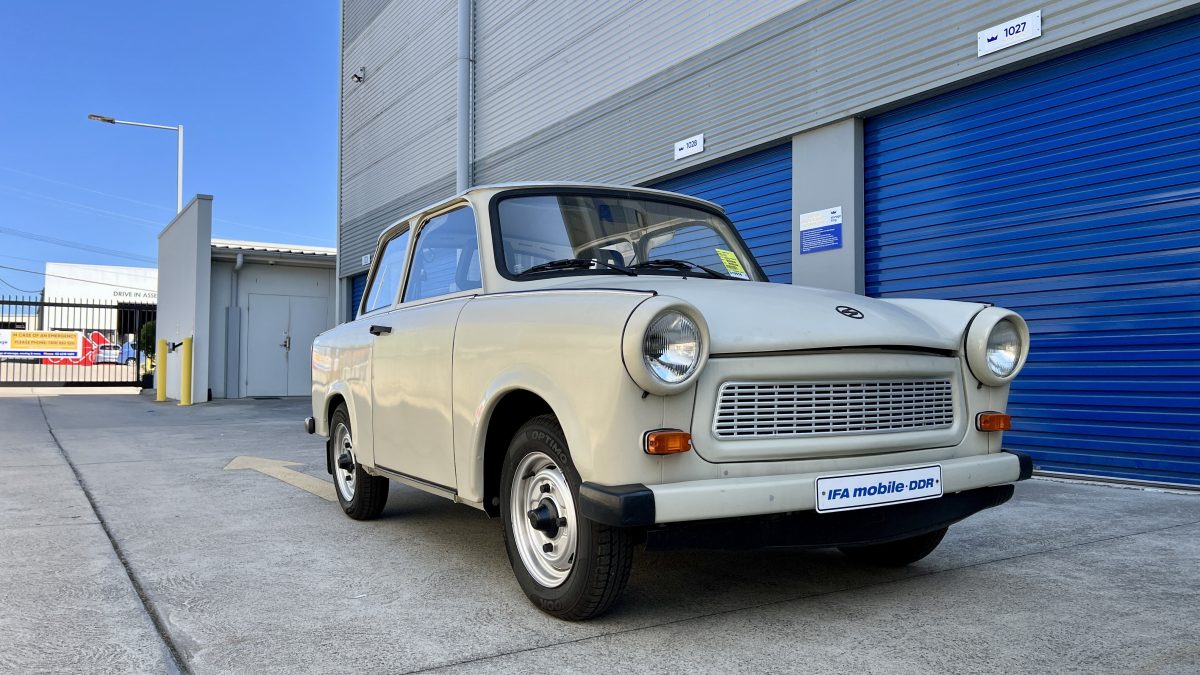
An off-white Trabant, probably from the smoke. Photo: James Coleman.
By 1989, more than 80 per cent of the Trabants that had been built were still on the roads, so there is something to say for their simplicity.
“You could fix them easily, and most of the time that was your only option,” Jakub said.
“My father once took the engine out and fixed it on a picnic table,” Peter added.
But I’m afraid we still end where we started. With a story from Jakub about how his uncle once raced a passing Skoda in his Trabi, and enjoyed sweet victory … for a few seconds.
“All four of us were in the back, sitting there cheering my uncle on and waving to the passing Skoda. The overtake probably lasted about 20 seconds, before we merged back into the lane, only for the engine to give up a few seconds later.
“That was probably one of my fondest memories, as well as spurring my uncle to see what the maximum speed was. We got to 108 km/h.”
Brave man.












